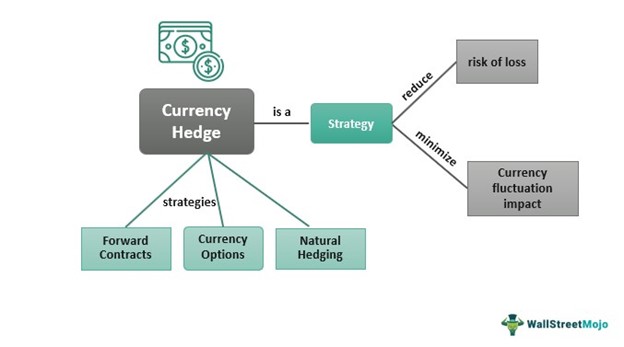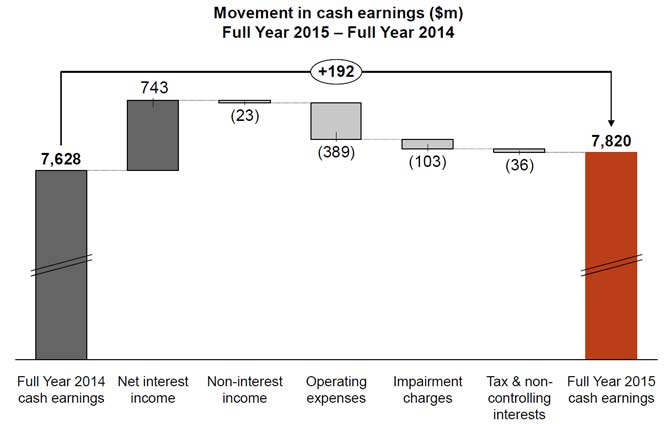Decoding Recession Signals: What Social Media Trends Reveal

Table of Contents
Increased Searches and Discussions Related to Financial Anxiety
Growing public concern about economic hardship often manifests first in online conversations. Monitoring social media for specific keywords and sentiment can provide early indicators of a looming recession.
Rising Mentions of "Recession," "Layoffs," and "Job Security":
- Increased frequency of these keywords on platforms like Twitter, Facebook, and Reddit indicates growing public concern. A simple keyword search across multiple platforms can reveal a surge in anxiety.
- Utilize sentiment analysis tools to gauge the level of fear and uncertainty. Are people expressing panic, cautious concern, or simply mild worry? The nuance of sentiment is crucial.
- Monitor trending hashtags related to financial hardship and unemployment. Hashtags like #jobhunt, #layoffs, #financiallystressed can offer valuable data points.
- Example: A sudden spike in searches for "how to budget" or "finding a new job," coupled with negative sentiment around job security, could be a significant precursor to broader economic anxieties.
Growth in Communities Focused on Frugal Living and Saving Money:
- Increased participation in subreddits (e.g., r/personalfinance, r/frugal) or Facebook groups dedicated to budgeting, saving, and cutting costs reflects a shift in consumer behavior. The growth rate of these communities is a key metric.
- Observe the type of discussions taking place. Are people sharing tips on extreme couponing, debt reduction strategies, or simply seeking advice on managing their finances more carefully?
- Example: A surge in users sharing tips on reducing expenses and DIY projects, combined with increased discussion about side hustles, suggests a tightening of household budgets and a proactive response to economic uncertainty.
Changes in Consumer Spending Behavior Reflected on Social Media
Social media provides a window into consumer behavior, allowing us to observe shifts in spending habits that may signal an impending recession.
Decreased Engagement with Luxury Brands and High-End Products:
- A decline in mentions, shares, and engagement with luxury brands on platforms like Instagram and TikTok signals reduced discretionary spending. This is particularly relevant for brands selling high-ticket items.
- Track brand mentions and sentiment. Are people still talking about luxury brands, but with a more critical or less enthusiastic tone?
- Example: A drop in likes and comments on luxury fashion influencer posts, alongside an increase in negative comments about the price point, could indicate a shift towards more affordable options.
Increased Interest in Discount Codes, Deals, and Sales:
- Higher engagement with posts and hashtags related to coupons, discounts, and sales (#deals, #couponing, #sales) indicates a growing preference for value-driven purchases. This shift reflects a change in consumer priorities.
- Monitor the popularity of deal-sharing websites and apps. An increase in traffic and usage signifies a greater demand for discounted products and services.
- Example: A significant rise in users sharing discount codes and actively seeking out sales, even for essential goods, could be a clear indicator of recessionary pressures.
Shifting Employment Trends on Social Media
Social media platforms, especially professional networking sites, offer valuable insights into employment trends.
Increased Mentions of Job Losses and Unemployment:
- Monitor platforms like LinkedIn for discussions related to layoffs, job searching, and unemployment benefits. The frequency and tone of these posts can be telling.
- Analyze the tone and sentiment of these conversations. Are people expressing anger, resignation, or proactive problem-solving?
- Example: A noticeable increase in posts about job losses or people seeking new employment opportunities, coupled with anxious discussions about the job market, warrants attention.
Changes in Hiring Activity on Social Media:
- Track the number of job postings on platforms like LinkedIn and Indeed. A significant drop can indicate a slowdown in hiring activity across various sectors.
- Analyze the industries showing the most significant declines in job postings. This can reveal sector-specific economic downturns.
- Example: A sharp decrease in tech job postings could signal a sector-specific downturn, while a more widespread decline suggests broader economic weakness.
Conclusion
Social media offers a powerful, real-time window into the collective consciousness and economic anxieties of the public. By monitoring key trends like increased financial anxiety discussions, shifting consumer spending habits, and changes in employment trends, we can gain valuable insights into potential recessionary signals. While social media shouldn't be the sole indicator, it can provide early warnings alongside traditional economic data. Therefore, stay vigilant, monitor social media trends regularly, and proactively adapt your financial strategies to navigate potential economic downturns. Continue decoding recession signals through consistent social media analysis to better prepare for the future.

Featured Posts
-
 Will Cusma Survive Carneys Talks With Trump Determine The Outcome
May 06, 2025
Will Cusma Survive Carneys Talks With Trump Determine The Outcome
May 06, 2025 -
 Analysis Dollars Weakness And Asian Currency Fluctuations
May 06, 2025
Analysis Dollars Weakness And Asian Currency Fluctuations
May 06, 2025 -
 Australian Banking Sector Under Pressure Westpac Wbc Profit Dip
May 06, 2025
Australian Banking Sector Under Pressure Westpac Wbc Profit Dip
May 06, 2025 -
 Canadians And 10 Year Mortgages A Look At The Low Uptake
May 06, 2025
Canadians And 10 Year Mortgages A Look At The Low Uptake
May 06, 2025 -
 Auto Dealers Double Down On Opposition To Electric Vehicle Requirements
May 06, 2025
Auto Dealers Double Down On Opposition To Electric Vehicle Requirements
May 06, 2025
Latest Posts
-
 Joseph Baena A Fitneszvilag Feltoerekvo Csillaga Arnold Schwarzenegger Fia
May 06, 2025
Joseph Baena A Fitneszvilag Feltoerekvo Csillaga Arnold Schwarzenegger Fia
May 06, 2025 -
 Schwarzenegger Family Arnolds Take On Patricks Nude Photos
May 06, 2025
Schwarzenegger Family Arnolds Take On Patricks Nude Photos
May 06, 2025 -
 Arnold Schwarzenegger Bueszke Lehet Joseph Baenara
May 06, 2025
Arnold Schwarzenegger Bueszke Lehet Joseph Baenara
May 06, 2025 -
 Arnold Schwarzenegger On Patrick Schwarzeneggers Nude Photography
May 06, 2025
Arnold Schwarzenegger On Patrick Schwarzeneggers Nude Photography
May 06, 2025 -
 Fotosessiya Patrika Shvartseneggera I Ebbi Chempion Dlya Kim Kardashyan
May 06, 2025
Fotosessiya Patrika Shvartseneggera I Ebbi Chempion Dlya Kim Kardashyan
May 06, 2025
